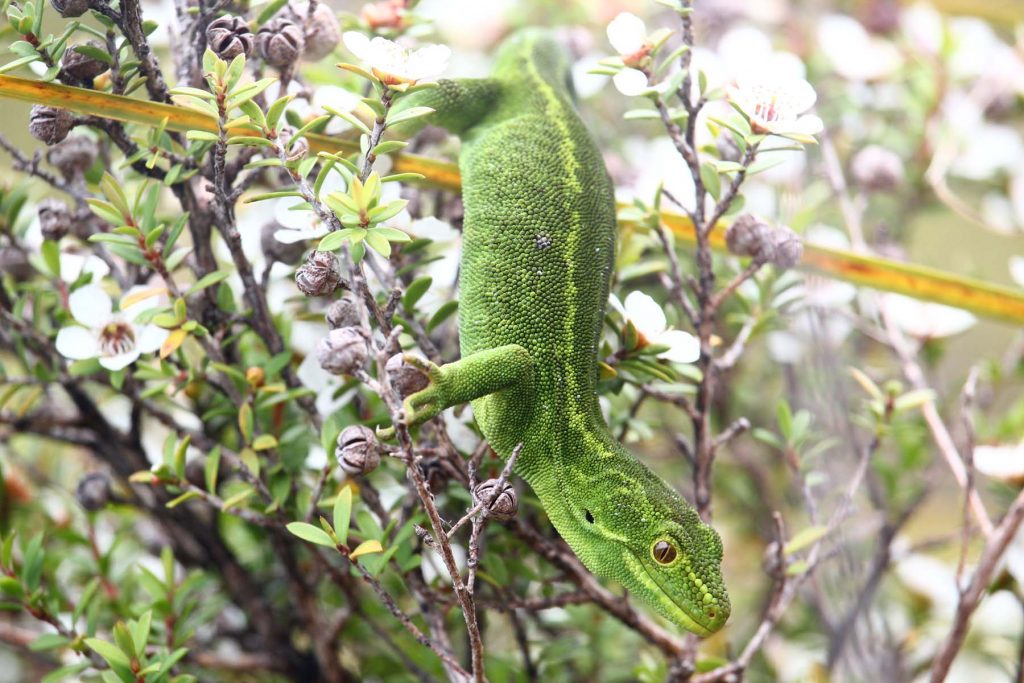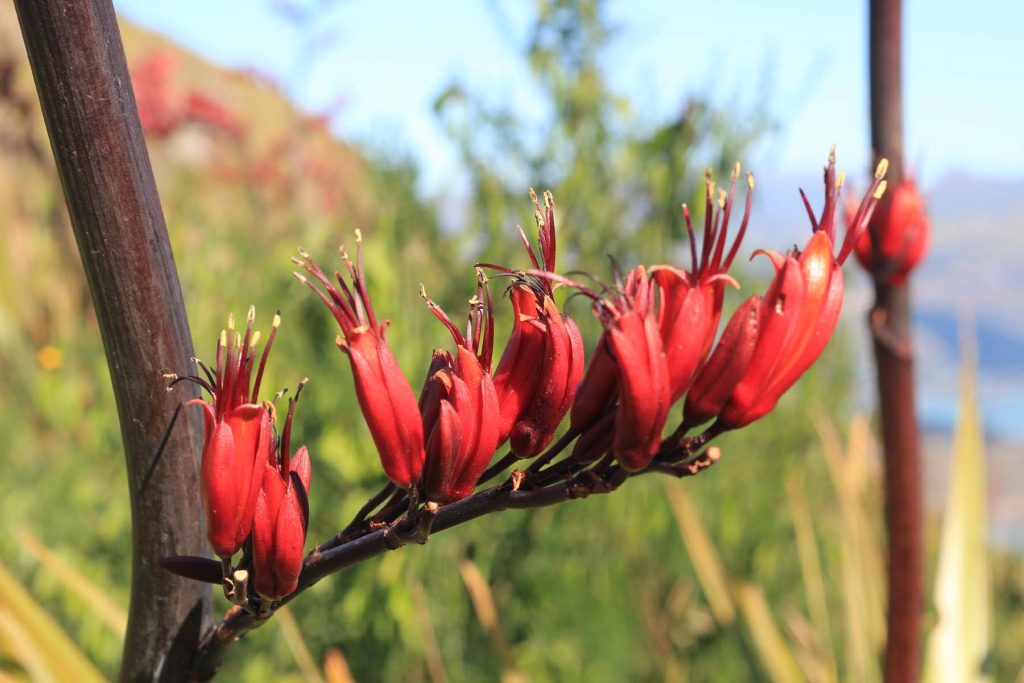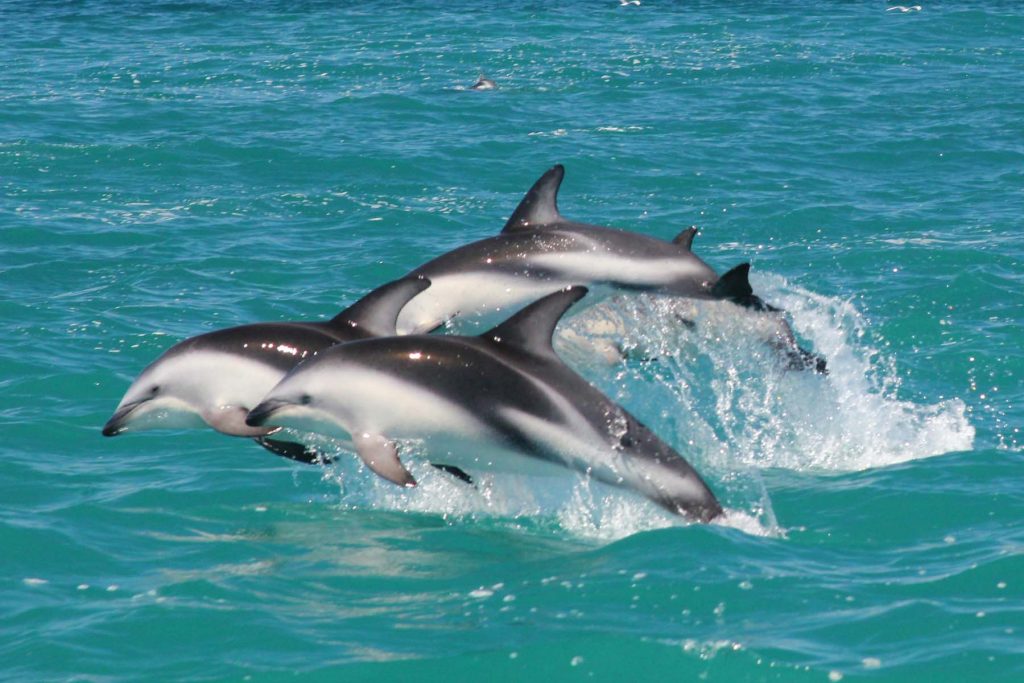My book: The Lonely Islands
Ecology and evolution of New Zealand’s native animals and plants
The Lonely Islands is my book about the origins of New Zealand’s native plants and animals, and how they evolved on these remote islands.
The book is an engaging broad narrative of the pre-human history of the islands. Presented in a readable style, with jargon limited as much as is practicable, it will appeal to anyone with an interest in New Zealand’s natural history.
In its length, and breadth of subject matter, this is the most complete book written on the subject to date.
Comprehensively referenced and indexed, The Lonely Islands will appeal to enthusiasts and students alike.
The book is available in good independent bookshops in New Zealand, including:
Unity Books and Time Out Books in Auckland;
Bruce McKenzie Booksellers in Palmerston North;
Beattie and Forbes in Napier;
Paiges Bookshop in Whanganui;
Unity Books in Wellington;
Scorpio Books, University Bookshop and Piccadilly Bookshop in Christchurch.
Reviews for The Lonely Islands
How did New Zealand’s flora and fauna become so peculiar? … Terry Thomsen’s thorough and readable The Lonely Islands, years in the researching, has plenty of answers. New Zealand Listener
An engaging story of the pre-human history of New Zealand. The Lonely Islands will give the reader new insights into how our natural world evolved and why so many endemic species are in trouble today. Forest and Bird magazine
… a wonderful new book… Big on time spans and bold on ideas, The Lonely Islands is a smooth read… easy to follow, absorbing, and full of intriguing information… Backcountry – bulletin of the Federated Mountain Clubs
The language in The Lonely Islands is lively and easy to follow, and the questions Terry answers will make you look at the landscapes and wildlife around you differently. 1964 Mountain Culture
How is the book organised?
The chapters are arranged thematically around the influences that gave rise to New Zealand’s native life. I describe the impacts of the country’s Gondwanan origins and subsequent isolation, the great mass extinction of 66 million years ago, the ice ages, and the evolution of new forms of plants and animals.
The book describes the various influences in a global context, adds historical background, and lays out what is behind accepted thinking now. I illustrate how plate tectonic theory, fossil discoveries, ecological studies and the increasing sophistication of DNA analyses have all contributed to a better understanding of New Zealand’s pre-human history.
Within the book’s themes The Lonely Islands explores the origins and evolution of a wide breadth of animal and plant life in New Zealand. I canvass high-profile organisms such as moa, kiwi, kakapo, tuatara, southern beech and pelagic seabirds. But the book also features a wide range of less publicised life such as the country’s short-tailed bat, forest floor invertebrates and twiggy shrubs. All yield fascinating stories.
Chapter Summaries
Chapter 1: The paradox of New Zealand native life
New Zealand’s life shares characteristics with that of remote islands. Yet a small number of its organisms are reminiscent of those of continents, as is the country’s geology. Indeed, New Zealand is the southern part of the mostly-sunken ‘continent’ of Zealandia.
As we seek to unravel New Zealand’s past, we use tools such as fossils, subfossils, relationships between organisms and DNA-based phylogenies.
Chapter 2: Discovery and early theories
New Zealand’s life came to the notice of western science; the existing life first, then the subfossils of curious recently-extinct life. Early notions of its origins were bound up with early global theories of sunken former land bridges, though some thought that long-distance dispersal was a better explanation.
Chapter 3: Changing continents and Tectonic Plate Theory
Geologists found signs that the southern continents, including Zealandia, were once connected within a former supercontinent Gondwana. Alfred Wegener proposed continental drift to explain this and other phenomena, but most scientists rebuffed him.
Evidence for sea floor spreading and other discoveries led to the plate tectonic theory becoming widely accepted in the mid-1960s, with implications for the geological history of New Zealand, including its isolated position. It shed light on biological distributions around the world including New Zealand.
Chapter 4: Earth history and the development of Zealandia
Zealandia formed across hundreds of millions of years through tectonic collisions and massive erosion at the margins of Gondwana. Over this time, biological evolution proceeded in a backdrop of supercontinental movements.
Chapter 5: New Zealand became isolated
Tectonic rifting split Zealandia from Southern Gondwana, taking life of the supercontinent with it. What was that life? Contrary to popular belief, only a tiny fraction of New Zealand’s modern life may be directly descended from the original Zealandian inhabitants. They include tuatara, Leiopelma frogs and (so far known) at least a dozen invertebrate groups.
Chapter 6: Effects of the K-Pg mass extinction
The K-Pg event, 66 million years ago, is believed to have been caused by an asteroid impact. It caused mass extinctions everywhere including New Zealand.
In the aftermath, new suites of organisms (such as modern bird groups) evolved, and some dispersed to New Zealand. New Zealand has a good fossil record of the birds and mammals that evolved to feed in the oceans.
Chapter 7: Origins of New Zealand’s plants
The types of plants and animals that dispersed to New Zealand was influenced by the continental movements arising from the final tectonic break-up of Southern Gondwana. It is probable that almost all of New Zealand’s plants arrived via long-distance dispersal. Some groups, such as podocarps, Agathis (kauri) and southern beech, probably originated within Gondwana. Many other groups came from the tropics and the northern hemisphere.
Chapter 8: Origins of New Zealand’s birds
New Zealand’s modern bird groups probably all dispersed to New Zealand. The ratites, large parrots and New Zealand wrens are the longest continuously surviving bird lineages in New Zealand. Many of the later arrivals were part of a general bird colonisation of the wider Pacific. Waterfowl mostly blew in from freshwater habitats in Australia.
Chapter 9: Origins of New Zealand’s lizards, bats, fish and invertebrates
Other vertebrates dispersed to New Zealand in varying ways. Geckos and skinks probably rafted on woody debris. Bats were carried by the wind. New Zealand’s freshwater fish are almost all diadromous (life cycle in freshwater and ocean), and probably first arrived in New Zealand during their ocean phase. Invertebrates were blown in by wind, on flying vertebrates, and on plant debris.
Chapter 10: The Oligocene ‘Drowning’ and aftermath
New Zealand slumped and was mostly submerged during the Oligocene drowning. Some have argued that it may have fully submerged. Fossil sites such as Foulden Maar and St Bathans, however, indicate that parts of New Zealand remained dry with an intact and highly diverse ecosystem.
Chapter 11: Tectonic uplift and species radiations
A new compressive plate tectonic boundary raised New Zealand again, and introduced new habitats to the country. It was the setting for a series of species radiations among animals and plants across the archipelago. Some spectacular adaptive radiations occurred on the mainland, bolstering New Zealand’s biodiversity.
Chapter 12: The Ice Ages and their effects
The Pleistocene ice ages arose from a combination of continental movement and astronomical factors relating to the earth’s orbit and tilt. In New Zealand they brought glacial cover to much of the South Island.
The ice ages caused cyclical changes in vegetation cover and associated animals, and led to many extinctions.
Chapter 13: Animal evolution in New Zealand
New Zealand’s animals took up the ecological roles that mammals and other vertebrate groups occupy on continents. Birds became the only vertebrate herbivores and the top predators, while the generalist omnivores comprised birds, lizards, frogs and bats.
Vertebrates evolved certain traits in response to the lack of mammal predators. Some birds became flightless and large, and many became ‘tame’. Some vertebrates evolved slower breeding cycles and fewer offspring.
Chapter 14: Plant evolution in New Zealand
New Zealand’s plants adapted to life free from mammal herbivores. Many live longer than their continental relatives, and some herbaceous lineages evolved woodiness.
New Zealand has a high proportion of ‘masting’ species, with intermittent flowering and seeding years. Flowers tend not to be showy, most are white, and are primarily pollinated by wind and insects – but some are bird-pollinated.
Many woody plants have a ‘divaricating’ habit, which may primarily be a response to moa browse, though climate may also be a factor.
Chapter 15: Pre-human snapshot of NZ life
In immediate pre-human times, all of New Zealand’s liveable habitats had a suite of plants and animals that occupied the many ecological niches. Most of the country was forested, mostly dominated by conifers or southern beech. Shrublands, tussock grasslands and herbfields grew in more marginal habitats.
Vertebrates occupied a range of ecological niches, which determined how each was distributed across the country. There was a world of invertebrates in soil, leaf litter and in vegetation.
Most of New Zealand’s vertebrate biomass was probably in animals that fed at sea and bred on land: seals, penguins and flying seabirds.
Chapter 16: Summary and where now
An overview of how life arrived in New Zealand over time, and how it explains the paradox introduced in chapter 1. Whether New Zealand’s life is ‘Gondwanan’ depends on what we actually mean by ‘Gondwanan’. How further research can broaden our understanding of the story of New Zealand.
The plight of New Zealand’s plants and animals in the wake of human habitation.
The story behind The Lonely Islands
Read all about it in this blog post


